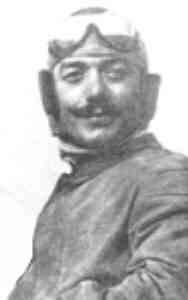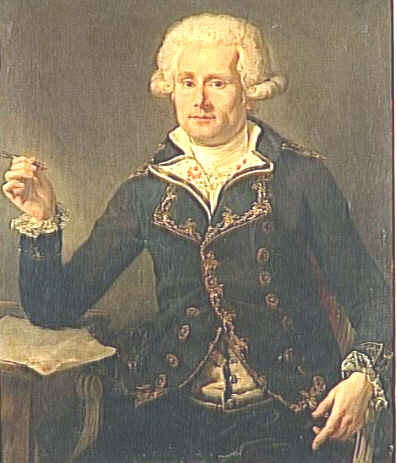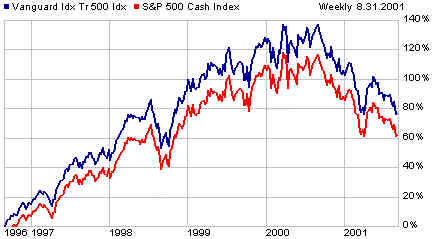1997 Princess Diana
of Wales, 36, her suitor, Dodi al Fayed, 41, and
her drunk driver, Henri Paul, in an automobile accident
while speeding away from paparazzi. She was the divorced wife of Prince
Charles of Wales. Injured was her bodyguard, Trevor Rees-Jones, the lone
survivor of the accident
On July 29,
1981, nearly four billion people in seventy-four countries had watched on
TV the marriage of Prince Charles, heir to the British throne, to Lady Diana,
a young English schoolteacher. Married in a grand ceremony at St. Paul's
Cathedral in the presence of 2650 guests, the couple's romance was for the
moment the envy of the world.
However,
before long the couple grew apart. On August 28, 1996, two months after
Queen Elizabeth II urged the couple to divorce, the prince and princess
reached a final agreement. In exchange for a generous settlement, and the
right to retain her apartments at Kensington Palace and her title of princess,
Diana agreed to relinquish the title of "her Royal Highness" and any future
claims to the British throne. In the year between the divorce and her fatal
car accident, the popular princess had promoted charitable causes, such
as the prohibition of land mines.
Diana,
Princess of Wales, dies in Paris' Pitié-Salpetrière Hospital
after suffering massive chest injuries in an early morning car accident.
Her companion, Dodi Fayed, was killed instantly in the 00:25 crash, as was
driver Henri Paul, who was drunk and lost control of the Mercedes in a highway
underpass. He was driving at excessive speeds in a reckless attempt to escape
paparazzi photographers. Diana's bodyguard, Trevor Rees Jones, escaped with
serious but nonfatal injuries. He was the only one wearing his seat belt.
The death of Diana, beloved by millions for her beauty and good nature,
plunged the world into mourning.
On
01 July 1961, Diana Frances Spencer was born at Park House, the home that
her parents rented on Queen Elizabeth II's estate at Sandringham, England.
In her childhood, her playmates were Prince Andrew and Prince Edward, the
younger sons of Queen Elizabeth. When her father inherited the title Earl
of Spencer in 1975, she became known as Lady Diana Spencer. After completing
her education, Lady Diana became a kindergarten teacher at a fashionable
school in a suburb of London.
In 1980,
she began a romance with Prince Charles, the eldest son of Queen Elizabeth.
In February 1981, the 33-year-old Prince of Wales announced his engagement
to the 19-year-old schoolteacher. On 29 July 1981, nearly one billion television
viewers in 74 countries tuned in to witness her marriage to the heir to
the British throne at St. Paul's Cathedral. Their first child, Prince William,
was born in 1982, and their second, Prince Henry, in 1984.
Before long, however, the tale couple grew apart. The paparazzi — freelance
photographers — made Diana one of the most photographed women in the
world, and privately she suffered from eating disorders and depression.
In 1992, Diana and Charles formally separated. In August 1996, the prince
and princess reached a final divorce agreement after prolonged negotiations.
In exchange for a generous settlement and the right to retain her apartments
at Kensington Palace and her title Princess of Wales, Diana agreed to relinquish
the title Her Royal Highness and any future claims to the British throne.
In the year after her divorce, the
popular princess maintained a high public profile and continued to promote
many humanitarian causes, including support for AIDS victims and a campaign
against land mines. In late 1996, she became involved with millionaire Dodi
Al Fayed, the son of the Egyptian-born owner of the Harrods department stores.
Their romance grew in 1997, and in August Diana took a holiday with Dodi
in the Mediterranean. As always, the paparazzi followed closely behind,
and one photographer was paid £3 million by the tabloids for a photo of
Diana and Dodi kissing on Fayed's yacht.
On 30 August, Diana and Dodi flew from Sardinia to Paris. Diana planned
to return to Kensington Palace the next morning after spending a night in
Dodi's Paris villa. That evening, Diana and Dodi dined at a restaurant in
Paris' Ritz Hotel, owned by Dodi's father since 1979. The paparazzi came
out in force. Toward the end of the meal, Dodi told his chauffeur to drive
his car back to his mansion in an attempt to draw off photographers. Henri
Paul, the deputy chief of security at the Ritz, was enlisted to be the new
driver. He agreed, even though he had been drinking heavily and was taking
anti-depressant drugs that were not supposed to be mixed with alcohol.
At about midnight, Dodi and Diana emerged
from the rear entrance of the Ritz. The paparazzi had not been fooled by
the earlier ruse, and the couple were photographed getting into a bullet-proof
Mercedes along with Diana's bodyguard. As they made their way across town,
they were followed closely by paparazzi on motorcycles. On the Place de
la Concorde, Henri Paul hit the accelerator in an attempt to escape the
press. By the time they reached the underpass below the Pont de l'Alma,
the driver was traveling an estimated 200 km/h in a 50-km/h speed zone.
Paul lost control as they flew into the underpass, and the Mercedes ricocheted
off a wall and slammed into pillars supporting the tunnel roof. The paparazzi,
100 meters behind at the time of the accident, were able to stop in time.
Several of them then ran down the tunnel and began taking photos, which
were later confiscated by police.
The
Mercedes, lying crushed against the 13th pillar, was a tangle of smoking
metal. Diana, barely alive with serious chest injuries, was trapped inside.
Emergency crews arrived within minutes, but because the car was made of
reinforced steel meant to withstand bullets it took nearly an hour and a
half to extricate her from the crumbled vehicle. She was taken to the Pitié-Salpetrière
Hospital, where she suffered cardiac arrest minutes after her arrival. Surgeons
failed to revive her, and at 03:00 she was pronounced dead.
Diana's bodyguard was the only survivor of the crash. He suffered a concussion
and other injuries and has no memory of the crash nor the events immediately
preceding or following it. French authorities arrested 10 paparazzi photographers
who were tailing the Mercedes and charged them with involuntary manslaughter.
The charges were dropped when a formal investigation concluded that Henri
Paul was solely at fault for the fatal accident.
The tragic death of Diana caused an outpouring
of British national feeling not seen since the celebrations surrounding
the end of World War II. More than 3500 phone lines were set up to take
donations for a memorial fund, and within a year the charity fund raised
$133 million, of which $48 million came from sales of Elton John's memorial
recording "Candle in the Wind 1997" and $20 million from official Diana
souvenirs. After being criticized for failing to satisfactorily match the
grief of the British people, the royal family arranged for a state funeral
to be held for Diana at Westminster Abbey on September 6. Diana's sons,
William, 15, and Harry, 12, joined their father, Prince Charles; grandfather
Prince Philip; and uncle Charles, the Earl of Spencer, to walk the final
stretch of the procession with the casket. |


 Births
Births
 —
VERGA ONLINE:
—
VERGA ONLINE: